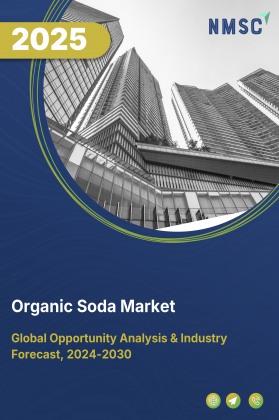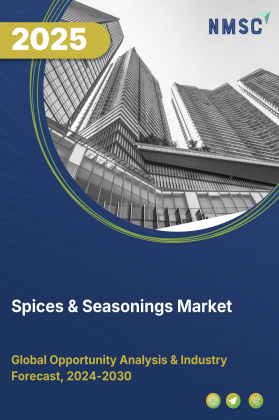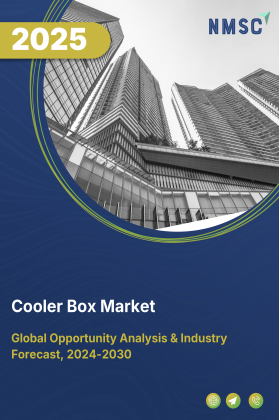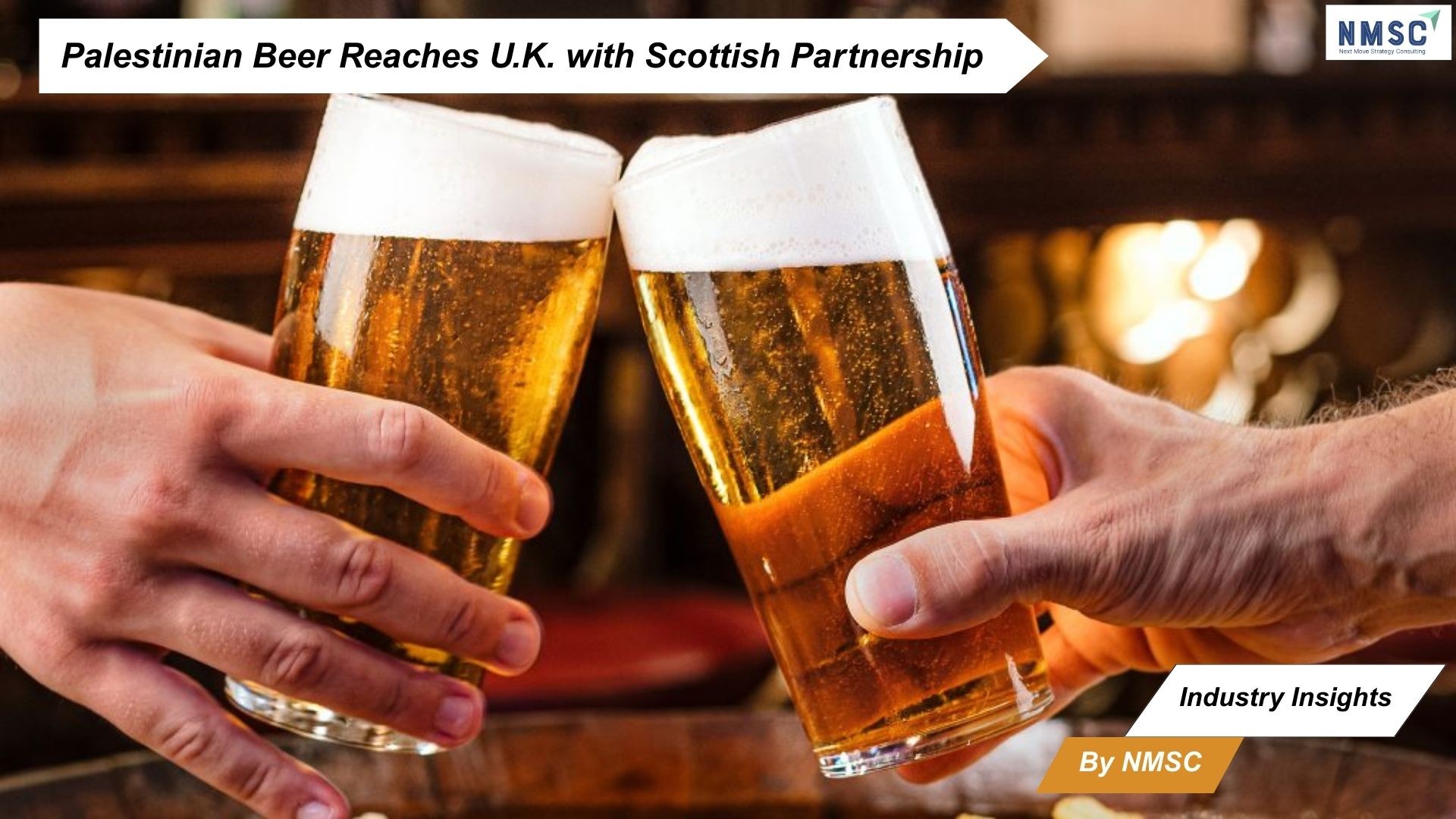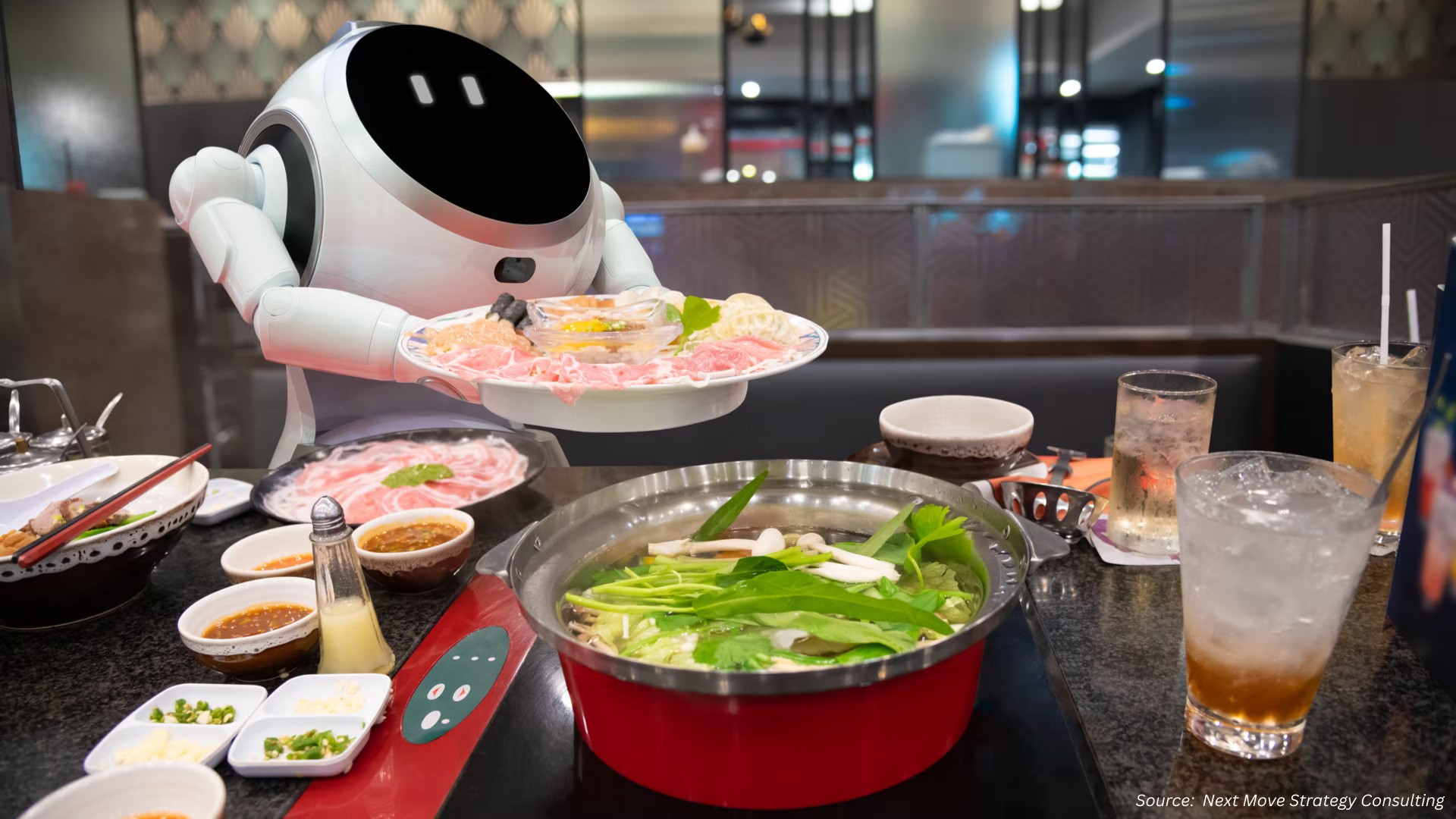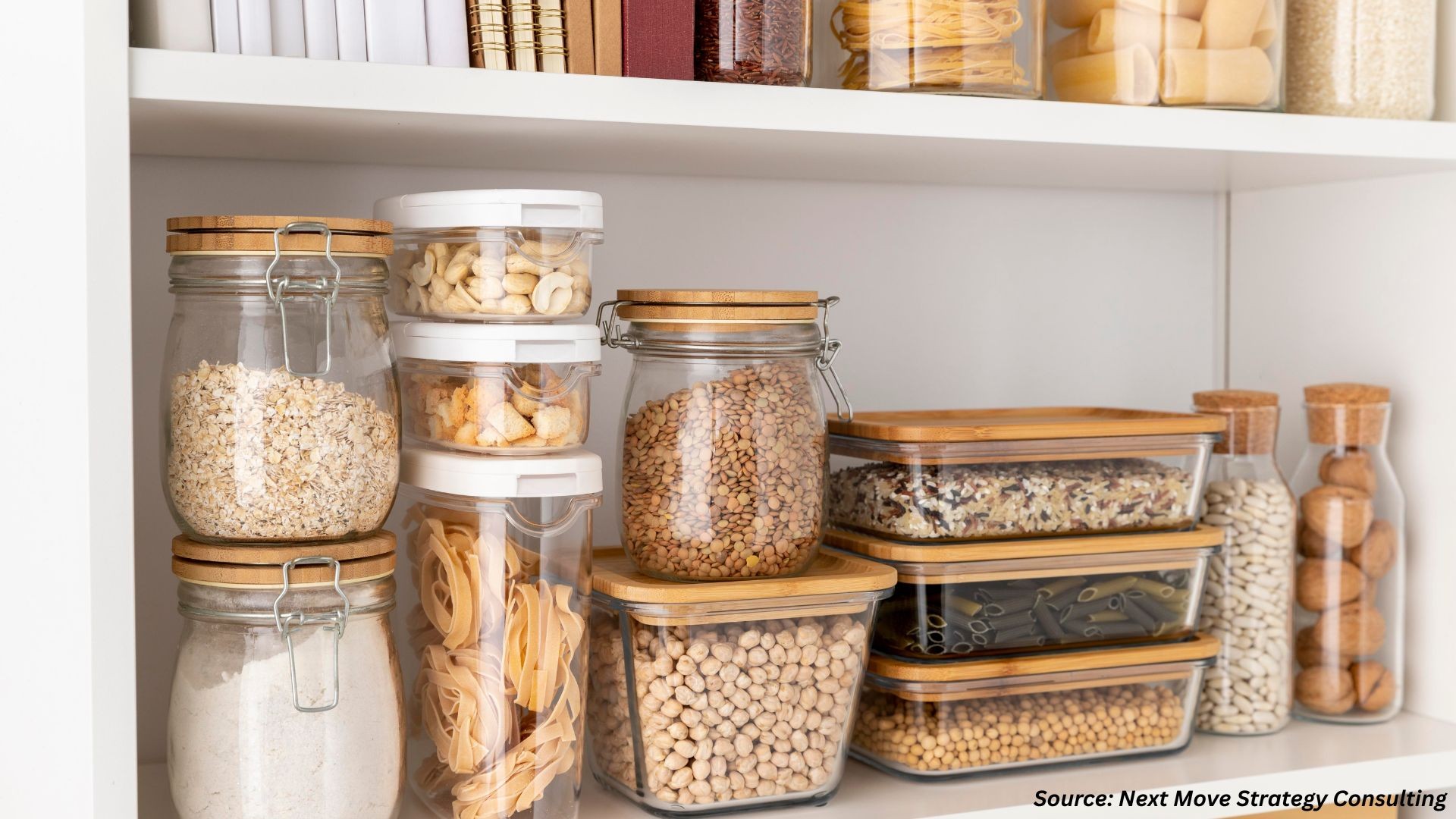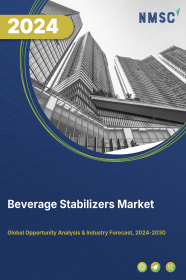
Beverage Stabilizers Market, by Product Type (Xanthan Gum, Carrageenan, Gum Arabic, Carboxymethyl Cellulose (CMC), Pectin, and Others), by Mode of Function (Stabilization, Viscosification, Texturization, and Others), Application (Fruit Drinks, Dairy Products, Soft Drinks, Alcoholic Beverages, and Others) - Global Opportunity Analysis and Industry Forecast 2022-2030
Beverage Stabilizers Market Report - Comprehensive Overview | |
| Study Period | 2020 - 2030 |
| Base Year for Estimation | 2024 |
| Forecast Data Period | 2026 - 2030 |
| Market Size in Base Year | 180.59 |
| Market Size in Forecast Year | 220.7 |
| Growth Rate 2026 - 2030 | 4.09% |
| Growth Factors | |
| Report Coverage | The report provides insights on market size, forecasts, emerging trends, competitive landscape, key segments, growth opportunities, recent developments, and strategic recommendations to help stakeholders make informed business decisions. |
| Segments Covered | Beverage Stabilizers Market, by Product Type (Xanthan Gum, Carrageenan, Gum Arabic, Carboxymethyl Cellulose (CMC), Pectin, and Others), by Mode of Function (Stabilization, Viscosification, Texturization, and Others), Application (Fruit Drinks, Dairy Products, Soft Drinks, Alcoholic Beverages, and Others) |
| Countries Covered | 28 |
| Geographical Analysis | North America (The U.S., Canada, Mexico); Europe (The UK, Germany, France, Italy, Spain, Denmark, Netherlands, Finland, Sweden, Norway, Russia, Rest of Europe); Asia-Pacific (China, Japan, India, South Korea, Australia, Indonesia, Singapore, Taiwan, Thailand, Rest of Asia-Pacific) and RoW (Latin America, Middle East, Africa) |
| Companies Profiled | Top 10 companies |
| Competitive Landscape | |
| Market Share | Available for top 10 companies |
| Customization Scope | Free customization (equivalent to up to 80 working hours of analysts) after purchase. Addition or alteration to country, regional, and segment scope. |
| Purchase Option | Avail customized purchase options to meet your exact research needs. |
Market Overview
The global Beverage Stabilizers Market size was valued at USD 148.5 million in 2021 and is predicted to reach USD 220.7 million by 2030 with a CAGR of 5.8% from 2022-2030. Beverage stabilizers are additive ingredients that are added to prevent degradation in beverages. The purpose of stabilizers is to add viscosity to enhance flavor and give texture to a beverage. They also maintain emulsification that prevents sedimentation by keeping additional ingredients intact in the product.
In addition, stabilizers are used in beverages to thicken drinks, retain color, enhance mouthfeel, suspend particles and maintain homogenous dispersal of the ingredients of beverages. They not only improve the visual appeal of the beverages but also enhance their taste and consistency. Most commonly used beverage stabilizers include modified starch, pectin, carrageenan, casein inulin, and hydrocolloids among others.
Market Dynamics and Trends
The demand for beverage stabilizers is increasing due to rise in the number of several quick service restaurants (QSRs) such as Domino’s Pizza, Subway and others that depends on beverages to attract more customers. Also, busy lifestyles and increasing urbanization in emerging economies has led to increased consumption of preserved food and beverages such as fruit drinks, dairy products and energy drinks that includes beverage stabilizers thus boosting the market growth.
Moreover, factors such as improvements in retail infrastructure along with increased acceptance of healthy food and functional beverages including sports drinks, fortified fruit drinks, plant milk and enhanced water are expected to propel the growth of the market. Furthermore, the rapid development of juice and shakes franchise outlets such as Drunken Monkey, Juice Lounge by Black Orchids Pvt. Ltd, Smoothie Factory is driving the beverage stabilizers market growth. For instance, in July 2022, Drunken Monkey announced its first-ever expansion into the United States with two retail outlets in Western America before expanding into other parts of the country.
However, stringent government regulation against the use of artificial or synthetic additives in beverages due to rising incidence of beverage adulteration along with volatile prices of raw materials used in the production of beverage stabilizers are expected to restrain the market growth during the forecast period. On the other hand, increasing demand for healthy sports drinks and organic drinks with high nutritional value such as Tulsi Iced Tea, NOOMA Organic Electrolyte Drink, Pink grapefruit lemonade and others is expected to create lucrative growth opportunities for the beverage stabilizers market players in the future.
Market Segmentations and Scope of the Study
The beverage stabilizers market has been segmented based on product type, mode of function, application, and geography. Based on product type, the market is bifurcated into xanthan gum, carrageenan, gum arabic, carboxymethyl cellulose (CMC), pectin, and others. Based on the mode of function, the market is divided into stabilization, viscosification, texturization, and others. Based on application, the market is segmented into fruit drinks, dairy products, soft drinks, alcoholic beverages, and others. Geographic breakdown and analysis of each of the aforesaid segments includes regions comprising North America, Europe, Asia-Pacific, and RoW.
Geographical Analysis
North America region holds the lion share of beverage stabilizers market and is expected to continue dominating the market during the forecast period. This is attributed to factors such as growing millennials and Gen Z population with higher purchasing power and the rising popularity of western cuisines that have led to an augmented consumption of alcoholic beverages in this region.For instance, according to the survey report updated by the National Institute of Alcohol Abuse and Alcoholism in 2022, 85.6 percent of people ages 18 and older reported that they drank alcohol at some point in their lifetime,1 69.5 percent reported that they drank in the past year and 54.9 percent reported that they drank in the past month. Also, several key players in the beverage stabilizers industry are enhancing their business presence through acquisitions, collaborations and mergers to satiate the consumer’s needs.
For instance, in August 2020, Glanbia Nutritionals had announced the acquisition of Foodarom for USD 60 million, Foodarom is a Canadian-based custom flavor designer and manufacturer servicing food & beverage and nutritional product industries with turn-key flavors and formulation support. This acquisition was intended to further strengthen Glanbia’s growing position in flavors and enhance its ability to provide optimized ingredient systems to its customers.
On the other hand, Asia Pacific is expected to show a steady rise in the beverage stabilizers market due to increase in population and disposable income that results in high consumption of beverages, leading to rapid increase in demand for packaged and processed beverage products. Also, growth in consumption of alcoholic beverages such as beer and wine due to rising population of millennials in the region is further boosting the market.
For instance, according to the Asia Beer Challenge Organization, in 2022, Asia accounts for 50% of total global Beer consumption, placing it well ahead of any other region. Moreover, the demand for beverage stabilizers is increasing rapidly owing to the emergence of smoothie bar chains in this region. For instance, in India small beverage outlets such as Drunken Monkey, Juice Lounge by Black Orchids Pvt. Ltd, Think Juice that have global outlets in countries including UAE and the US , are further boosting the beverage stabilizers market in this region. .
Competitive Landscape
The beverage stabilizers market comprises various players such as Cargill, Kerry Group, CP Kelco, Chemelco International, Advanced Food Systems, Ashland, Glanbia Nutritionals, Archer Daniels Midland Company, DuPont, Tate & Lyle Plc, DSM, and Actaris. These manufacturers are actively indulging in acquisitions and expansions to enhance their products and expand their growth and geographical reach.
For instance, in May 2022, Glanbia Nutritionals announced acquisition of Sterling Technology, manufacturer of dairy bioactive solutions derived from bovine colostrum for USD 60 million. This acquisition was intended to enhance Glanbia's bioactive solutions portfolio to support the customers’ needs and growth of business with Sterling’s expertise. Also, in September 2021, Cargill opened a cutting-edge pectin production facility for USD 150 million in Brazil. This facility was set up with an intent to meet growing global demand for pectin, a label-friendly texturizing ingredient, and the raw material for premium pectin production in order to expand the company’s production growth in South America and Europe.
Key Benefits
-
The beverage stabilizers market report provides the quantitative analysis of the current market and estimations through 2021-2030 that assists in identifying the prevailing market opportunities to capitalize on.
-
The study comprises a deep dive analysis of the beverage stabilizers market trend including the current and future trends for depicting the prevalent investment pockets in the market.
-
The information related to key drivers, restraints and opportunities and their impact on the beverage stabilizers market is provided in the report.
-
The competitive analysis of the market players along with their market share in the beverage stabilizers market
-
The SWOT analysis and Porters Five Forces model is elaborated in the study.
-
Value chain analysis in the market study provides a clear picture of the stakeholders’ roles.
Key Market Segments
By Product Type
-
Xanthan Gum
-
Carrageenan
-
Gum Arabic
-
Carboxymethyl Cellulose (CMC)
-
Pectin
-
Others
By Mode of Function
-
Stabilization
-
Viscosification
-
Texturization
-
Others
By Application
-
Fruit Drinks
-
Dairy Products
-
Soft Drinks
-
Alcoholic Beverages
-
Others
By Geography
-
North America
-
U.S.
-
Canada
-
Mexico
-
-
Europe
-
Germany
-
France
-
UK
-
Italy
-
Spain
-
Russia
-
Rest of Europe
-
-
Asia-Pacific
-
Japan
-
China
-
India
-
Australia
-
South Korea
-
Malaysia
-
Indonesia
-
Vietnam
-
Philippines
-
Thailand
-
Rest of Asia-Pacific
-
-
RoW
-
UAE
-
Kuwait
-
Qatar
-
South Africa
-
Remaining Countries
-
Key Players
-
Cargill
-
Kerry Group
-
CP Kelco
-
Chemelco International
-
Glanbia Nutritionals
-
Ashland
-
Archer Daniels Midland Company
-
DuPont
-
Tate & Lyle Plc
-
DSM
-
Actaris




















 Speak to Our Analyst
Speak to Our Analyst



